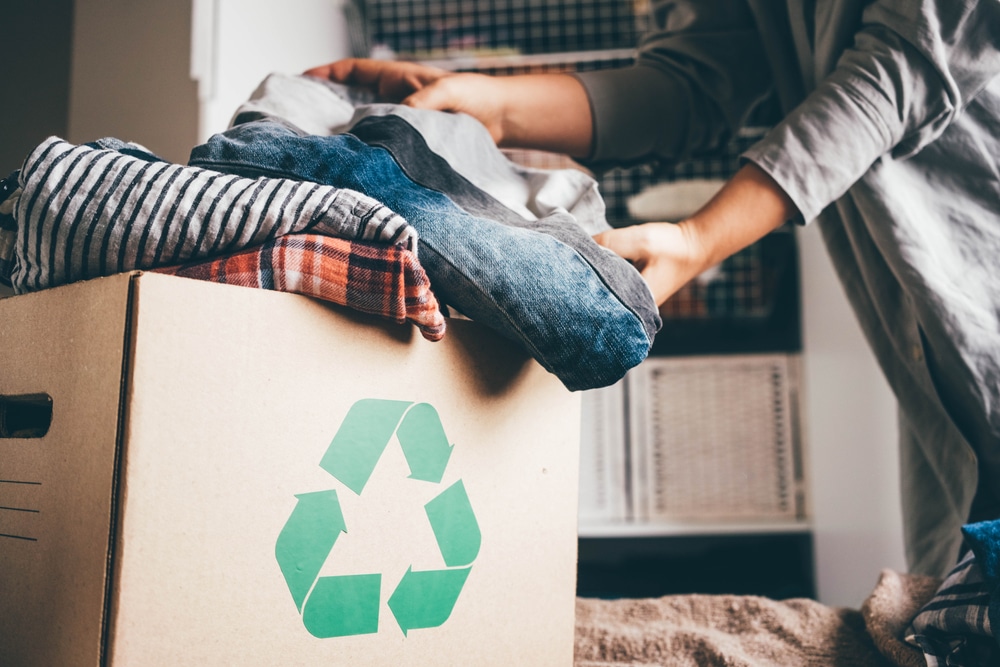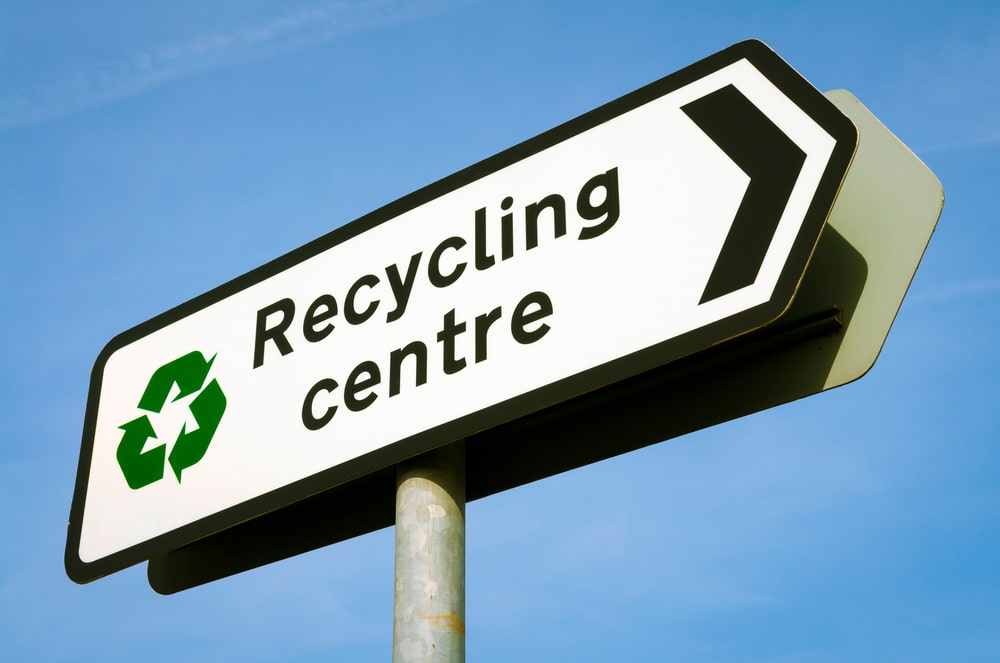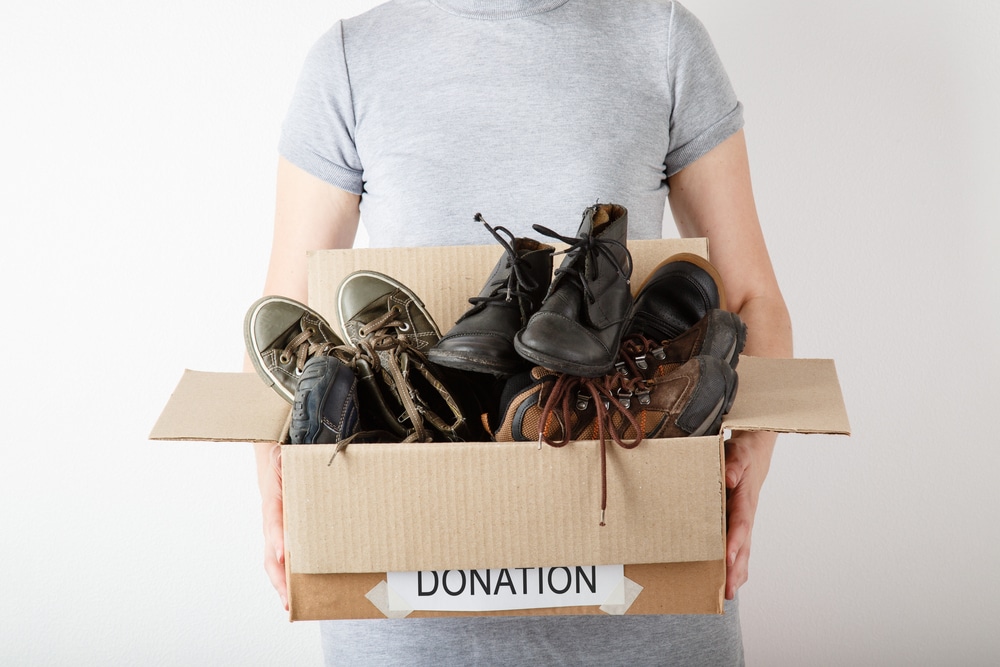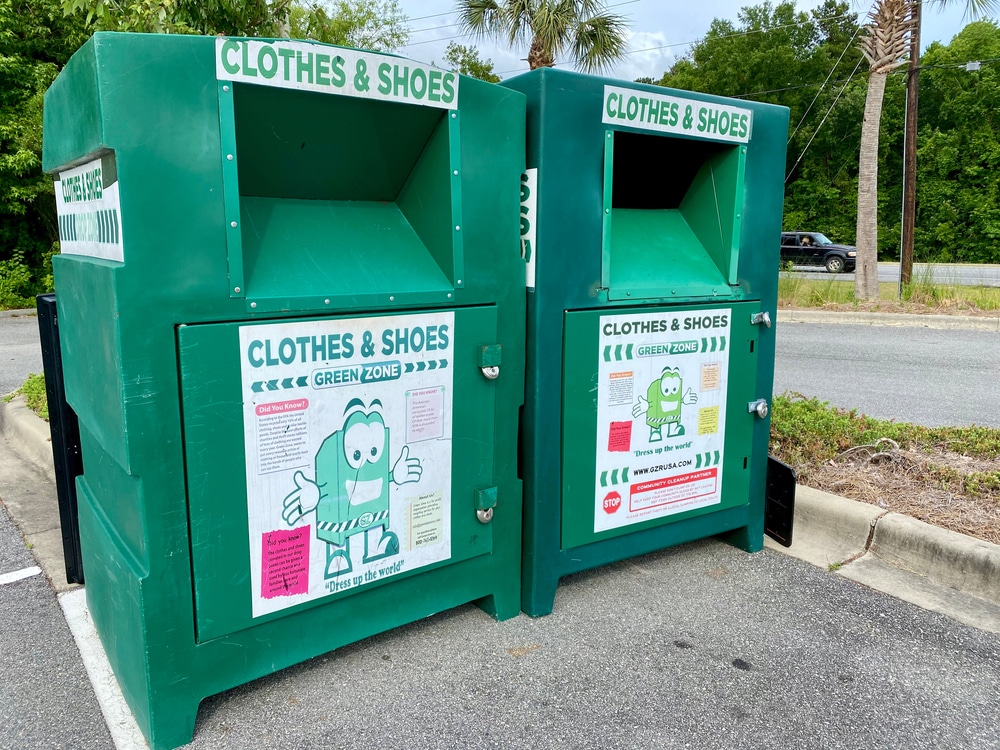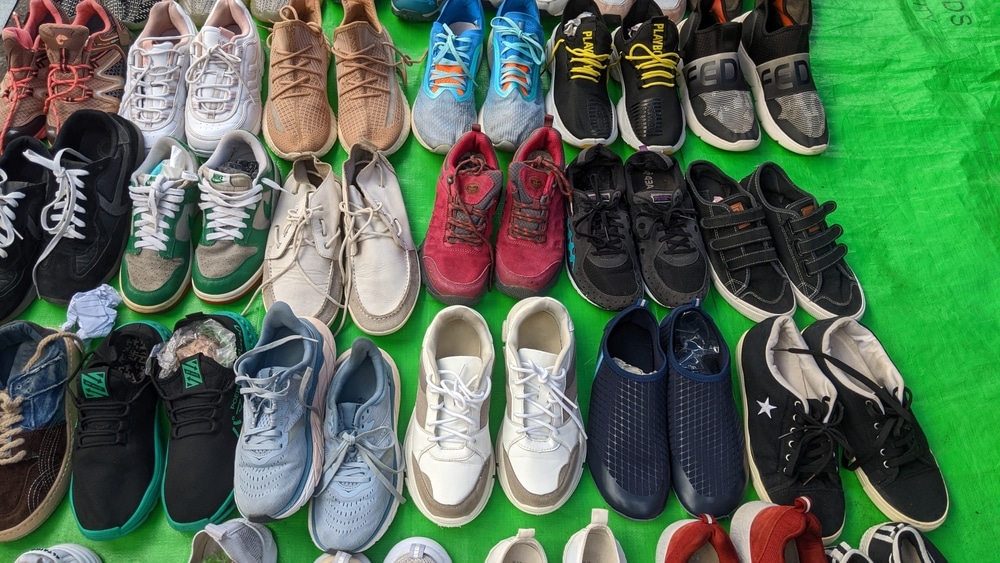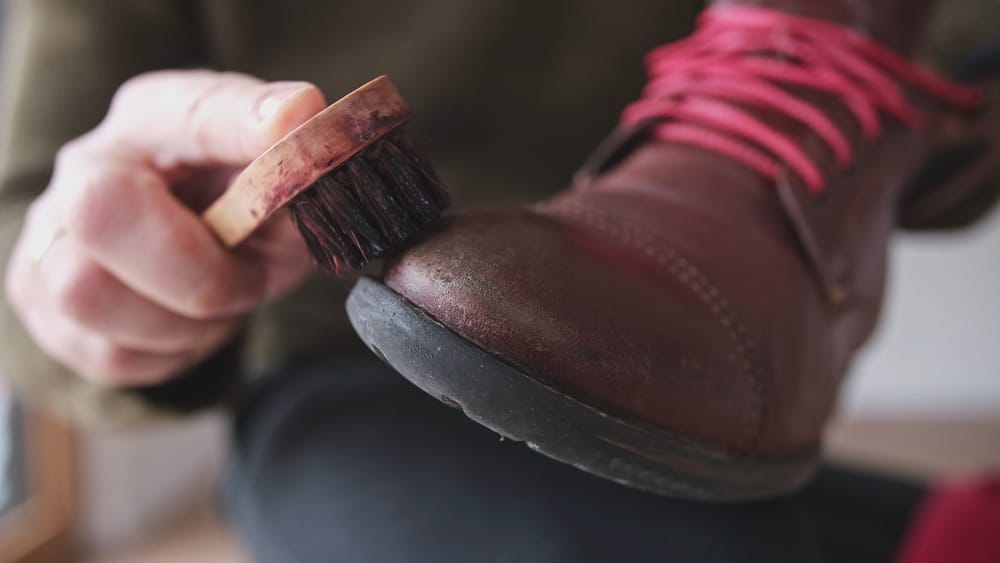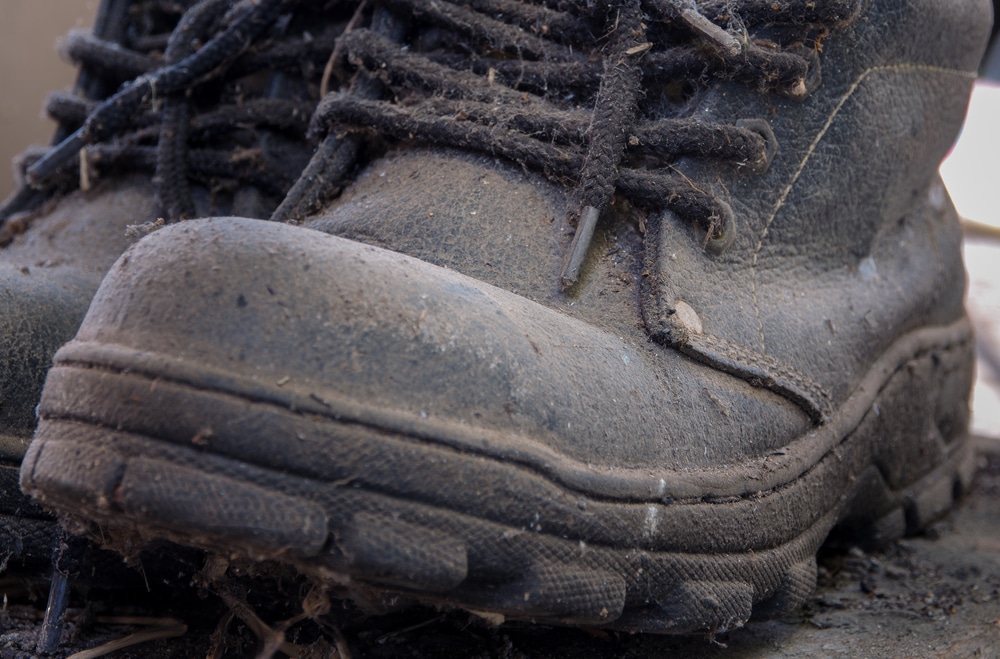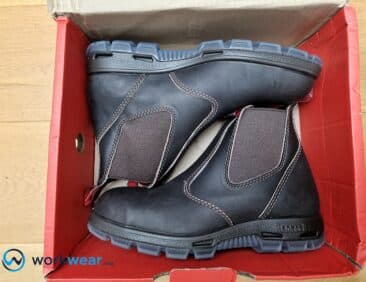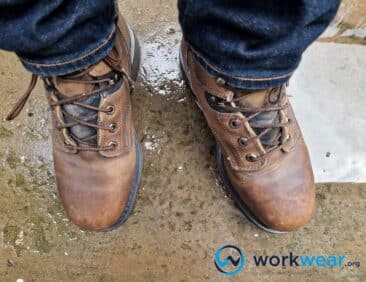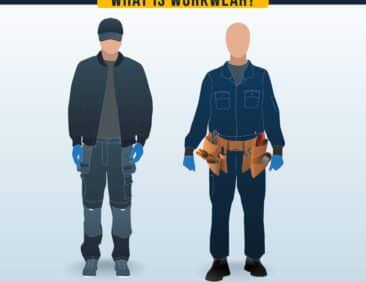Can you Recycle Work Boots and Work Shoes?
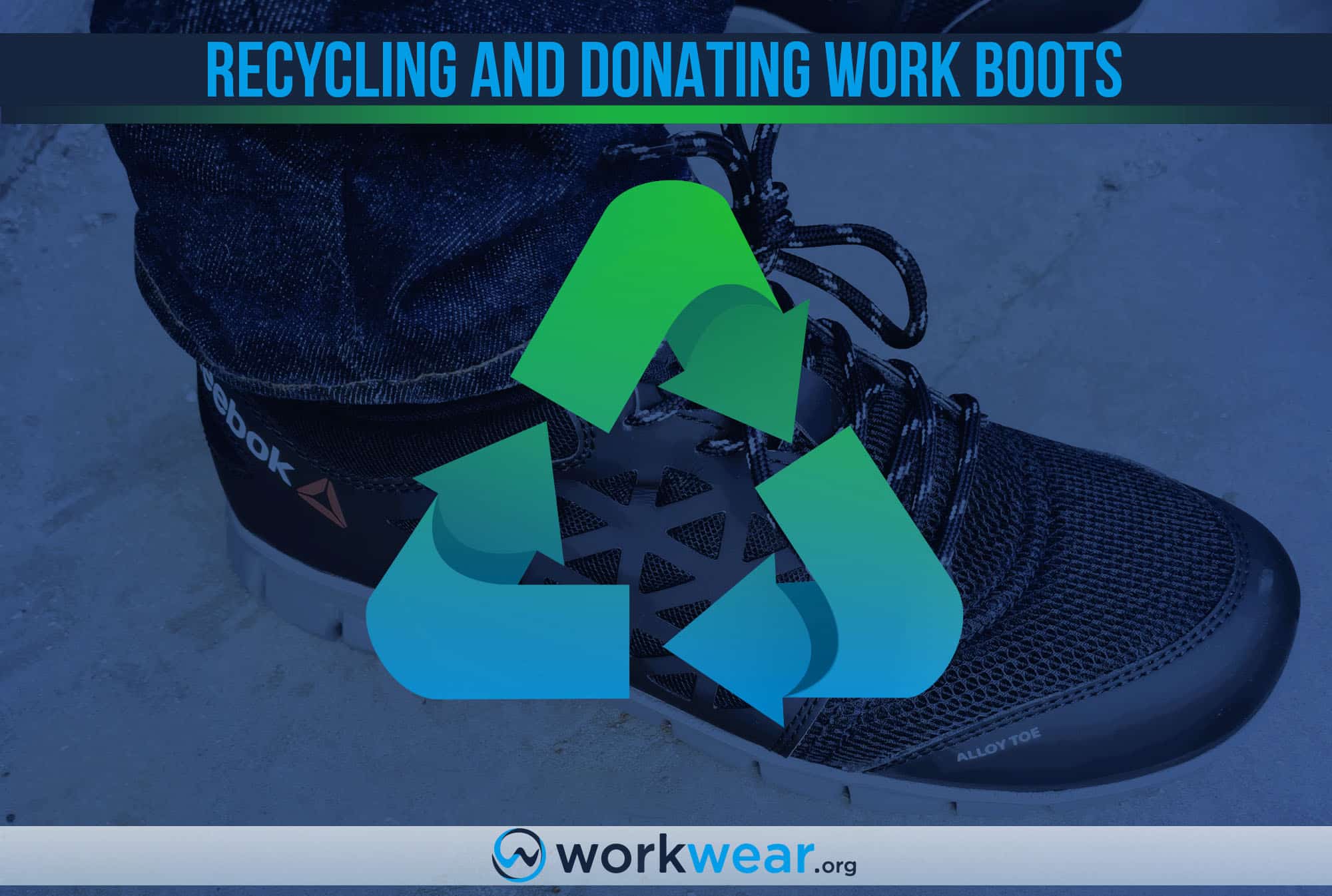
Your work boots and shoes are designed to keep up with your activities on the job. No matter how strong and durable the footwear is, the materials and structures will eventually deteriorate with regular use. When this happens, you’ll know it’s time to move on and replace your trusted pair with a brand-new one.
But before you throw away your work boots or work shoes, you should first consider if there’s a way for you or others to get more mileage out of the pair.
You may be surprised at how you can still use work shoes or boots that are already too beaten up to be used as footwear. In this article, we’ll explore the options for recycling or repurposing work boots and shoes as footwear or for their components.
Why Recycle?
Recycling helps you maximize your investment in work boots and shoes, which may still have their uses even after giving up their roles as reliable footwear options.
When the structure of work shoes and work boots deteriorates, sometimes individual sections can still be salvaged for other purposes. This is especially true for high-quality materials that may still be sturdy enough to be used independently, even if they’re not part of the footwear anymore.
Recycling work shoes and work boots also gives you a chance to help the environment, one pair at a time.
By extending the life of the footwear, you can avoid contributing to the problem of overflowing landfills – which is where discarded items end up.
Instead of just taking up space in a landfill where nonbiodegradable structures can remain unchanged for a long time, work boots and work shoes can take on different roles if they’re recycled or repurposed.
Work footwear is built with various materials and chemical structures that can take decades – and in worse cases, even centuries – to fully decompose.
This means that work boots and shoes will stay indefinitely in landfills that will eventually be filled to the brim.
Recycling helps ease the burden on landfills and offers an eco-conscious way of dealing with waste products.
Ways to Recycle Work Boots and Shoes
Bring them to recycling centers
When work boots and shoes don’t look and function at their best, it may be time for them to retire from their duties.
Check out local recycling centers where you can drop off the old footwear you’ve already maximized to the fullest.
The products’ materials may still be good enough to be used for other purposes or recycled in the best ways. This saves them from ending up being discarded altogether in landfills that are already dangerously overflowing.
The components of work shoes and work boots can be recycled into various products, including tires and matting for gyms and playgrounds.
Donate them to charity
If your work boots or work shoes are still intact – or at least easily repairable – you might want to consider donating them to charity.
This option is best for pairs still in good condition, but you want them replaced for different reasons, such as a change of style preference, wrong sizing, or varying job requirements.
When you donate used but still functional work boots and work shoes to charitable institutions, you give someone else a chance to take advantage of the footwear’s good qualities after it’s served its purpose on your end.
Charitable organizations that accept second-hand workwear and footwear include the following:
Goodwill: Goodwill is a nonprofit organization that accepts donations of clothing, shoes, and other household items. They have donation centers located across the United States.
The Salvation Army: The Salvation Army is a Christian organization that accepts donations of clothing, furniture, and other household items. They have donation centers located across the United States.
Local homeless shelters: Many homeless shelters accept clothing donations to distribute to needy people.
Dress for Success: Dress for Success is a nonprofit organization that accepts donations of professional attire for women entering or re-entering the workforce.
Big Brothers Big Sisters: Big Brothers Big Sisters is a nonprofit organization that accepts clothing donations and other household items to support its mentoring programs.
Veterans organizations: Organizations like the Vietnam Veterans of America and the Disabled American Veterans accept clothing donations to support their programs and services for veterans.
Local churches: Many churches have clothing donation programs to support their outreach and community service efforts.
Check for manufacturer recycling programs
The companies that create your beloved work boots and work shoes sometimes go one step further by offering their recycling programs.
For example, Timberland has the Timberloop platform to prolong the life of worn-out work boots and shoes, saving them from going to a landfill.
The company encourages customers to return their old Timberland footwear (as well as accessories and apparel), which will be refurbished professionally and sold at more pocket-friendly prices. For items beyond repair, Timberland turns to recycle or reuse the materials so they can still be used for other purposes.
Sell them on secondhand shops/sites.
Instead of automatically discarding work shoes and boots, check their condition to determine if they’re still good enough to sell.
What you consider old and beat-up maybe someone else’s idea of a fashionably dated or vintage-looking pair of work boots.
Look at physical and online stores selling secondhand items to see if you can list your used work shoes and boots.
You may be surprised that your trusted work footwear can still give you your money’s worth long after you think it’s past its prime.
Have them re-soled
If the biggest problem with your work boots is a worn-out sole, there may be a way for you to enjoy your favorite pair for a bit longer.
Re-soling can be done for work boots and shoes with damaged or worn-away outsoles – but still have their leather uppers in good condition.
This method applies to work shoes and boots with uppers and soles that are stitched together, so it’s important to check if the footwear is constructed this way. It’s crucial to have the re-soling procedure done by a professional to ensure that the quality of the leather upper and the entire footwear isn’t compromised.
Choosing cheaper methods – including a DIY method or going to someone who’s not an expert – increases the risk of damaged work boots and shoes.
Reassign the boots or shoes to more grueling conditions
Your work boots and shoes are designed for use while you’re on the job – but we bet you don’t want to use the same pair for dirtier chores off the clock.
This is understandable because even if the work boots or work shoes are made to withstand challenging conditions, you still want to preserve their quality and appearance for use in work environments.
Instead of throwing away old boots, you can use them for grubbier conditions or tasks – such as working around muddy gardens or wading in a flooded basement.
The old pair of work boots have seen better days, so you probably won’t mind as much (or at all) if exposed to wetness and other substances that can lead to damage.
Conclusion
Work boots and work shoes made with high-quality materials are designed for long-lasting use – but they’re still expected to get worn out and break apart eventually. When this happens, your first instinct may be to automatically throw away the old pair when you’ve already found a new pair to use on the job. However, there are still some ways that you can consider reusing or recycling work shoes and work boots that are already past their prime. This way, you can avoid adding the old pairs to overflowing landfills and instead give the much-loved work footwear a new purpose – for your personal use or for others to appreciate.
FAQs
- Can all work boots and work shoes be re-soled?
- No, re-soling is only suitable for work boots and work boots that are built using Goodyear Welt, Blake Stitch, or storm welt methods. This option does not apply to footwear with the following construction methods: direct attach, cement, or injection molded.
- How can you properly prepare work boots and work shoes before donating them?
- Before donating old work boots and shoes, clean them first and check their proper condition. Even if you’re giving them away, it’s always a good idea to take the time to get dirt and debris off work boots and work shoes. This makes them more presentable and can prevent further damage, making the footwear suitable for other people’s use.
- Can I continue using old work boots with damaged safety toe caps?
- Work shoes or work boots with damaged safety toe caps should no longer be used in work settings because their protective qualities are already compromised. This increases the risk of toe injuries from impact and compression threats. However, if the work boots or shoes are intact (apart from the toe caps), they’re still good for casual use and in settings off the work site.
- How long does it take for work boots and work shoes to decompose in landfills?
- The materials that make up the structures of work boots and work shoes (including leather and plastic) can take an average of 30 to 40 years to decompose – and this is just for one pair. On the other hand, rubber soles can take around 80 years to decompose, with some chemical components increasing the overall decomposition period to 100 years or more.
